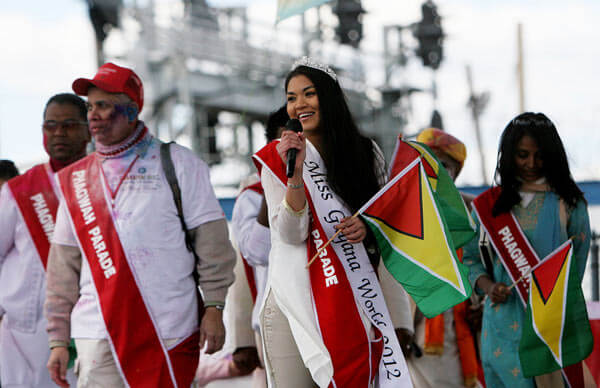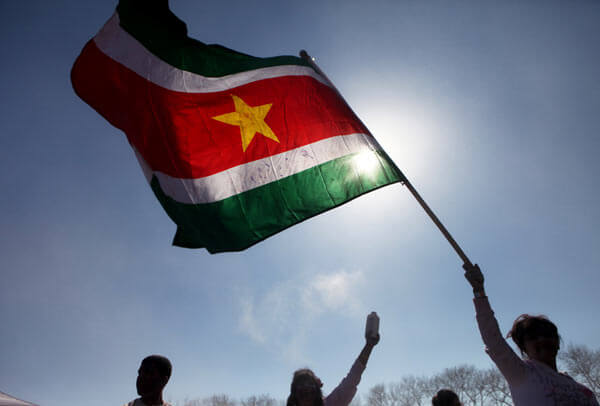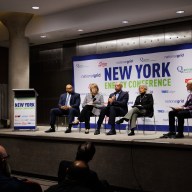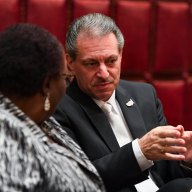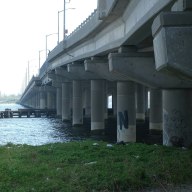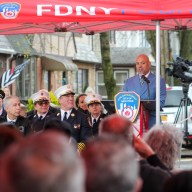By Sarina Trangle
Guyanese migrating from Richmond Hill to South Ozone Park propelled the neighborhood into the top immigrant-adding neighborhood in the borough.
Surveys taken in 2000 and 2007 through 2011 show South Ozone Park’s foreign-born population increased 14.5 percent from 39,899 to 45,681. The most current statistics included in the Department of City Planning’s “Newest New Yorkers” report indicate that 58.3 percent of the neighborhood was born outside America, with 46.5 percent of its immigrant population hailing from Guyana.
The neighborhood also drew in Caribbean immigrants of Asian descent, with 14.4 percent of its foreign-born population from Trinidad and Tobago, 3.7 percent from the Dominican Republic, 3 percent from Jamaica and 1.8 percent from Colombia.
“As with Guyanese immigrants, Trinidadian and Tobagonian immigrants of Asian and African descent each had a preferred borough of residence. Queens accounted for the overwhelming majority (73 percent) of New York’s Trinidadian and Tobagonian immigrants of Asian descent, while Brooklyn settled nearly two-thirds of those of African descent,” the report noted.
South Ozone Park has a large Indian population as well, with immigrants from the country accounting for 5.4 percent of its foreign-born population.
To a lesser extent, people from Ecuador, Mexico, El Salvador and China have found a home in South Ozone Park. The report indicates each of those immigrant groups accounts for less than 4 percent of the area’s foreign-born population.
In the 1990s, the Guyanese enclave in Richmond Hill began expanding into South Ozone Park, according to the report.
Vishnu Mahadeo, founder and president of the Richmond Hill Economic Development Council, said Guyanese families who grew tired of the more urban environment in Richmond Hill sought more residential homes in South Ozone Park.
By 2011, nearly a quarter of the city’s Guyanese population resided in the two neighborhoods.
The Indo-Guyanese began a campaign encouraging the community to participate in the census, with the hopes that more accurate demographic statistics would help them mend city and state political districts and field the first Guyanese City Council candidate in 2001. To date, the Guyanese community is split between four Council and six state Assembly seats, according to Mahadeo.
“Gerrymandering works against the Caribbean community,” he said. “They have gotten so accustomed to being overlooked and neglected that everyone here has to rely on themselves.”
Reach reporter Sarina Trangle at 718-260-4546 or by e-mail at strangle@cnglocal.com.

